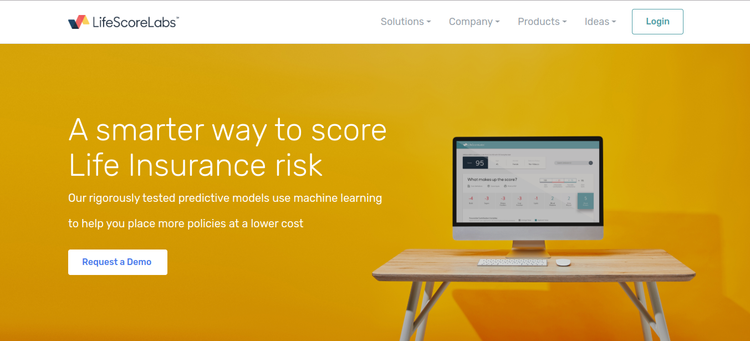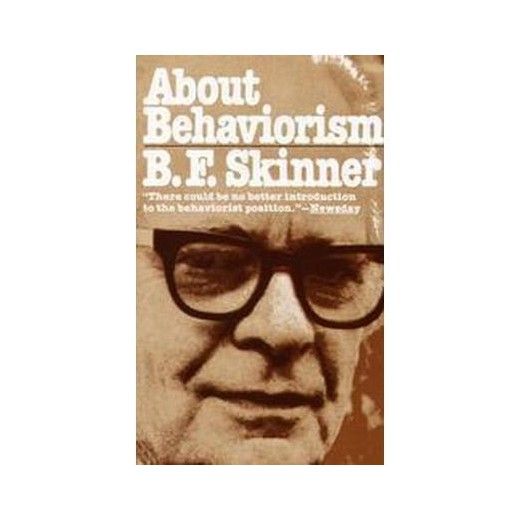Breaking my heart: more unethical links in edit
The B2B publisher that has perhaps the best reputation in the industry for ethical behavior is behaving unethically.
And I'm sick about it.
CIO magazine, which is owned by CXO Media, a unit of IDG, is adding links to editorial copy without the approval of editors.
Longtime readers of this blog will understand why that has broken my heart. But if you're new to my work, allow me to explain.
I've been fighting against in-text ads such as those sold by Vibrant Media for a very long time now. And the reason I do so is because such links are -- clearly -- a violation of the ethical guidelines of B2B journalism. (If there was ever any doubt that such links were unethical, such doubt was removed when ASBPE updated its ethics policy nearly a year ago." ABM has also made its position clear on the issue.)
The reason such links are unethical should be obvious to anyone who works in this industry. These links violate the basic premise of professional journalism -- news is kept as separate from commercial interests as is possible. If someone other than editors controls any part of editorial, then all of editorial is tainted.
Let me say that again:
If someone other than editors controls any part of editorial, then all of editorial is tainted.
To make matters worse, these new links are from a site I love (LinkedIn), are based on a concept I love (opening an API to developers) and appear on a magazine site I love (CIO) that is owned by a company where editors have won the Timothy White Award for editorial integrity for two years in a row!
And to add insult to injury -- IDG is a client of mine. Hell, just a few months ago I spoke at an all-day conference of CIO/CXO editors and warned them, as I warn all B2B editors, to fight against the unethical use of links in copy.
But to tell you the truth, I never thought that particular group of editors would have to fight this fight. I just never expected this behavior from IDG.
No need for this
The links are appearing in stories across the CIO site. Take a look here. What you'll find is that throughout the story company names have been turned into links with a little symbol next to them. Click on those and you'll get a pop-up that tells you how you're connected to people at the company.
Now in truth, that's a pretty fun piece of functionality. And in truth, such links may be of value to readers.
But by automating the links rather than giving control to editors, CIO has violated industry ethics.
And what is most annoying about that is that there's a far more appropriate way to do this.
For example, take a look at this article in Businessweek about Starbucks.
In the center column you'll see a series of "Story Tools," including one that says linkedin connections. And if you're a LinkedIn member, you'll find that when you click on that tool you'll get a pop-up that tells you how you're connected to people at Starbucks.
That's the exact same functionality as what's used at CIO. But the folks at Businessweek recognized that those links should not be appearing inside the news story. (Note: It appears that Businessweek may have once considered a plan to place the links inside stories.)
Disrespecting your peers
According to what I hear from IDG staffers, the links made their appearance on the CIO site in exactly the same way such things have happened elsewhere.
Suddenly, out of nowhere, they were there.
Rank-and-file editors and reporters hadn't been consulted. And questions about the links were deflected with meaningless corporate-speak like "it's an experiment."
And, as has happened elsewhere, the people responsible for the links were confused and surprised by the editors' reaction.
But that is absurd.
Imagine the reverse situation. Imagine that some senior editors decided to change the ads on a site. Imagine that they altered the html so that readers who clicked on an ad didn't visit the advertiser's site, but went instead to someplace that editors thought they should go -- perhaps to a competitor's site.
Would anyone be surprised that the advertising staff was upset?
And if a salesperson ran into the newsroom screaming in protest, would anyone think it was an appropriate response to say "it's just an experiment."
Read 'em and weep
You can see more of these new, offensive links here.
Take a look. Then read the following excerpt from ASBPE's ethics guidelines (I've added bold text for emphasis):
"Whether for editorial or advertising information, hypertext links should be placed at the discretion and approval of editors. Also, advertising and sponsored links should be clearly distinguishable from editorial, and labeled as such, as should clickthrough pages, which may also contain the publication’s editorial content, with appropriate disclosures provided. Such disclosure may include a “use with permission” statement or similar language. Contextual links within editorial content should not be sold. If an editor allows a link, it generally should not link to a vendor’s Web site, unless it is pertinent to the editorial content or helpful to the reader. [Paragraph D. revised, May 7, 2007, by vote of the Ethics Committee.]
As always, I welcome readers input. What do you think of these links?
Also, do you agree with me that CIO can remedy this situation by moving the links outside the story in the same way Businessweek has done?
For a Reuters story on LinkedIn, its API and a deal with Businessweek magazine, click here.
(Editor's note: CIO sent me a press release about the deal with LinkedIn earlier today. That release was also sent to a number of media outlets. The release was embargoed until later this week. But earlier this afternoon, Media Business magazine published a brief story on the deal. CIO also published an letter to its readers today announcing the deal. I consider the embargo broken.)
tags: journalism, b2b, media, trade press, magazines, newsletters, business media, journalism ethics, advertising




